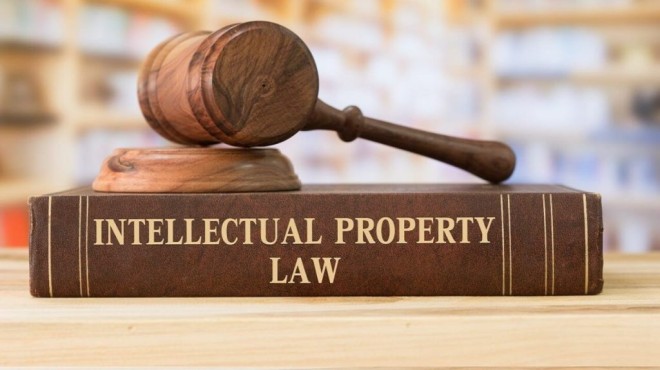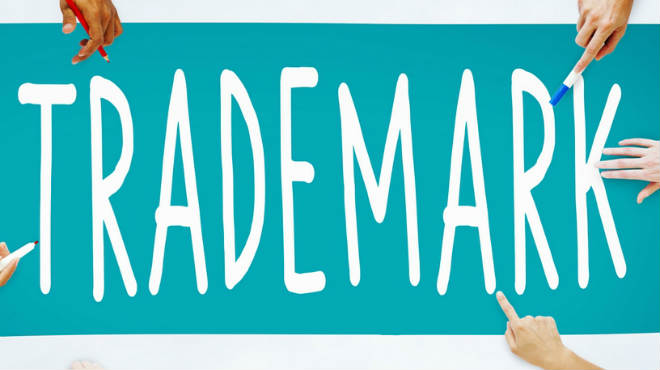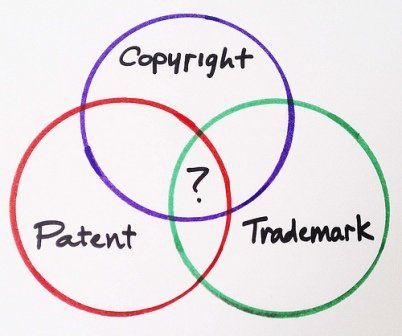Trade Mark : Importance and Procedure for Registration
August 14, 2022Table of Contents
- Importance of Registering a Trade Mark
- Procedure for trademark registration
- Stage 1: Search for a trademark
- Stage 2: Filing a Trade Mark application
- Stage 3: Examination of the trademark application
- Stage 4: Post-examination
- Stage 5: Advertisement
- Stage 6: Opposition
- Stage 7: Registration
- Identification
- Everlasting
- Protection
- Cost-effective
- Asset
Your brand name or your company name is nothing less than your business's identity. “ Trademark” is just another way of referring to a brand. Nowadays, consumers base their decisions on the brand names and their reputation for buying a product or a service. Brand names add value to the business and have become a means to communicate with the consumers at large.
Importance of Registering a Trade Mark
Here are a few reasons why registering a trademark is of high importance while running a business:
Identification
With the marketplace being crowded with loads of companies and brands it is difficult to distinguish. The best measure for attracting customers and standing out is by having a unique trademark for your brand and building your business's reputation over it.
Everlasting
Trademarks do not come with an expiry date. Once a trademark is registered, it can be renewed every ten years and shall last as long as your brand stays or even more!
Protection
It is primary to ensure that your brand is protected against competition. If the brand you are working to build for so long has already been registered as a trademark by someone you lose not only your business but also the privilege to exclude others from using the trademark. Securing registration of your trademark shall protect your brand, and gives you the provision to prevent someone from using similar signs and riding off the back of your business.
Cost-effective
Registration of a trademark is a one-time cost. The time period and process of registering a trademark have also been relatively reduced. It takes about 6 months to a year for processing the trademark application. Once the trademark is registered, it is valid for ten years after which it can be renewed timely paying a minimal cost every ten years.
Asset
A registered trademark is an asset for the business or the company and brings home goodwill. The value of the trademark grows with the growth of the business. A trademark can be sold, purchased, or used as security for obtaining a loan just like any other tangible asset.
Procedure for trademark registration
The procedure to register a trademark involves filing a trademark application, examination, publication or advertisement, opposition, registration, and renewal. It is important to engage a trademark attorney for the process to make it easy and reliable.
Stage 1: Search for a trademark
You must choose your trademark wisely. There are various different kinds of trademarks available. Once decided, it is important to conduct a public search on the trademarks database available on the online portal of the Trade Marks Registry to ensure that there isn't another trademark that is either identical or similar to your trademark.
Stage 2: Filing a Trade Mark application
An application for the registration of a trademark can be filed in multi-class or a single class depending on the goods and services the business deals with. Form TM-A is required to be filed either online through the IP India website or manually at the Trade Marks Office depending on the jurisdiction.
Stage 3: Examination of the trademark application
After an application is filed, an examination report is issued by the Examiner after a thorough examination of the application in accordance with the provisions of the Trade Marks Act. The Examination report may reveal some objections either, relative, absolute or procedural. An examination report is issued within a month of having filed the application. A response to the same is needed to be filed within a month of receiving the report stating the arguments and evidence to waive off the objections if any.
Stage 4: Post-examination
After a response to the examination report is filed, the Examiner may appoint a hearing if he/she is not satisfied with the response filed or if the objections are not met. After the hearing, the Examiner may accept the mark and forward the application for publication in the journal or reject the application.
Stage 5: Advertisement
After accepting the application, the trademark is advertised and published in the Trade Marks Journal for a period of 4 months. The objective behind the same is to invite the public for filing an opposition against the registration of the mark. This Trade Marks Journal is available on the Registry's website and is updated every Monday.
Stage 6: Opposition
After a trademark is advertised in the Journal, any aggrieved party can file a notice of opposition against the registration of the advertised trademark. The notice of opposition has to be filed vide Form TM-O within four months of the mark's advertisement in the Journal. If the applied-for mark is opposed, then the due process of law is followed which includes filing the counter-statement, evidence, and hearing in order to get the mark registered.
Stage 7: Registration
This is the final step where the application proceeds to registration after overcoming the objection and/or the opposition against its registration. In case no one opposes the registration of the mark during the advertisement period, the mark is issued an automated registration certificate within a week's time. The registration is valid for a period of ten years after which it needs to be renewed within a stipulated time period.
These guides are not legal advice, nor a substitute for a lawyer
These articles are provided freely as general guides. While we do our best
to make sure these guides are helpful, we do not give any guarantee that
they are accurate or appropriate to your situation, or take any
responsibility for any loss their use might cause you. Do not rely on
information provided here without seeking experienced legal advice first. If
in doubt, please always consult a lawyer.
The internet is not a lawyer and neither are you.
Talk
to a real lawyer about your legal issue.

Comments by Users
No Comments! Be the first one to comment.
Related Articles
- What are the movie screening laws in India
- Is selling imitation of antique coins legal in India?
- Can I sell first copy products online
- What does the status formalities check fail in trademark means?
- How to respond to legal notice on copyright infringement?
- How to Patent Lyrics/Song
- How to search for trademark logo for its availability ?
- Cancellation of registration of designs under S. 19 of Designs Act.
- How to reply to a cease and desist notice in Trademark Infringement case
Trademark & Copyright Law Articles
Preserving and Prospering: The Advantages of Trademark and Copyright Protection for Small Businesses
User Reviews
whom to contact for any legal query?
Nicely written article. Very comprehensive.
how to contact a lawyer from your website
nice legal article.
thanks for the information
very good article. Can you tell me more about the law?
very helpful
Very nice article. English is very simple. Thank you for the information.
Gave a clear understanding about my legal issue.
good article and easy to understand
good legal subject
thanks for the information
Very helpful for my legal case.
nice artcile
how to contact a lawyer?
needed more information on the law
excellent article. Very informative
VIEW ALL


 647+ Lawyers are online
647+ Lawyers are online 









